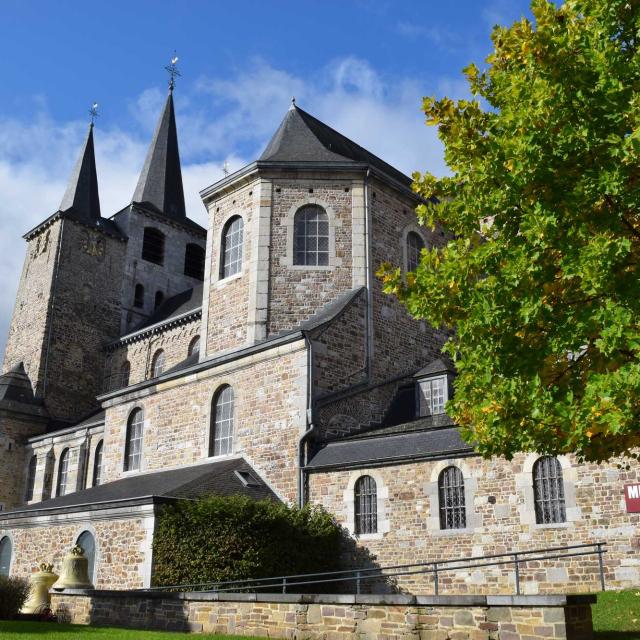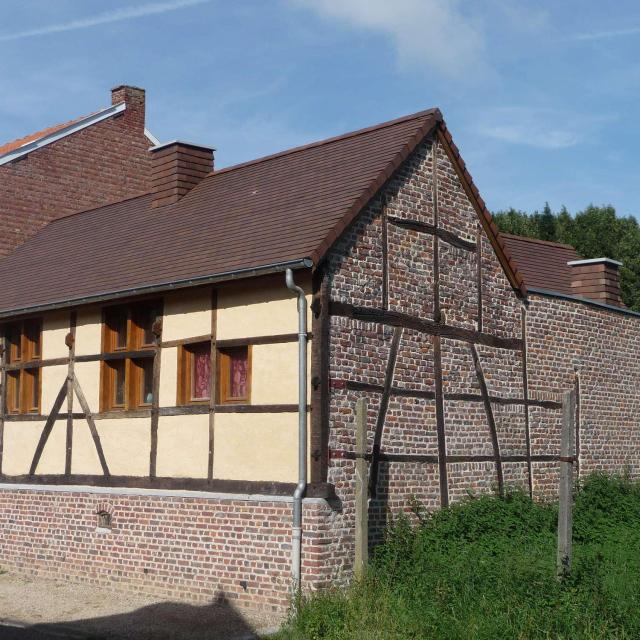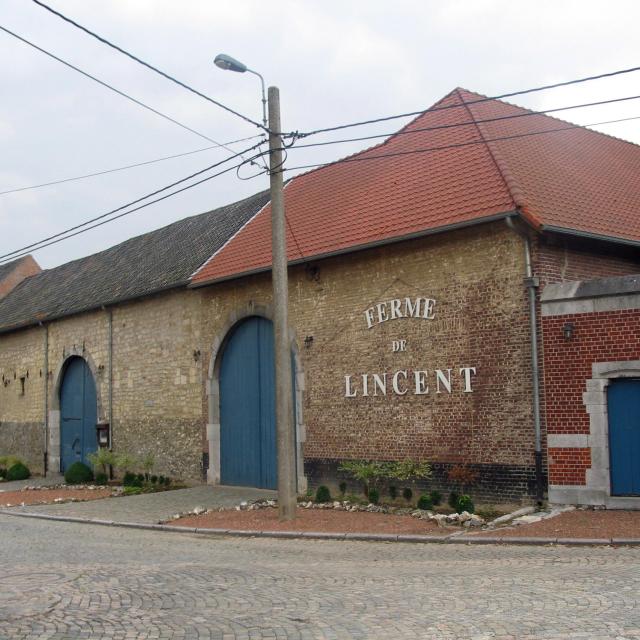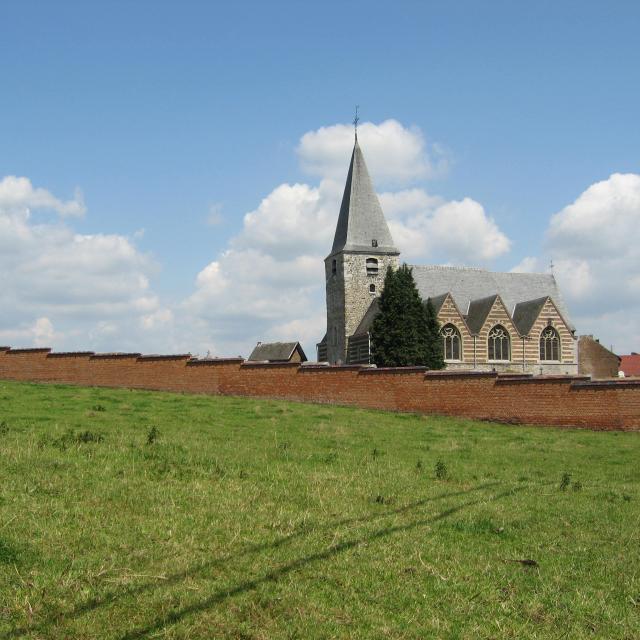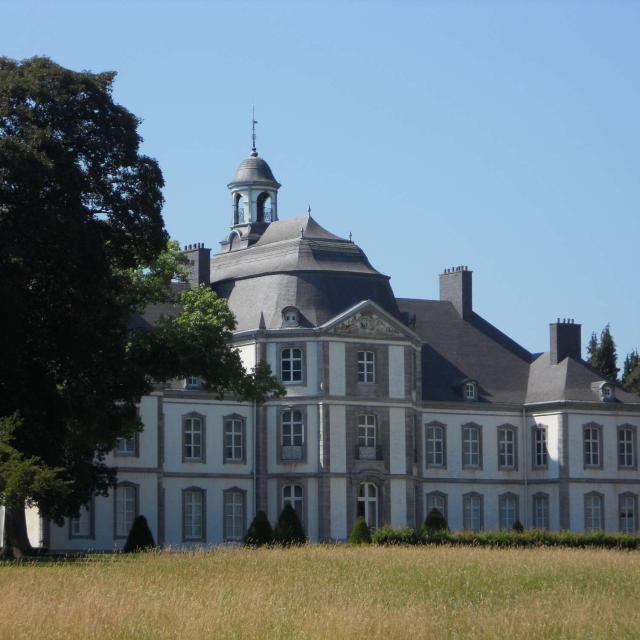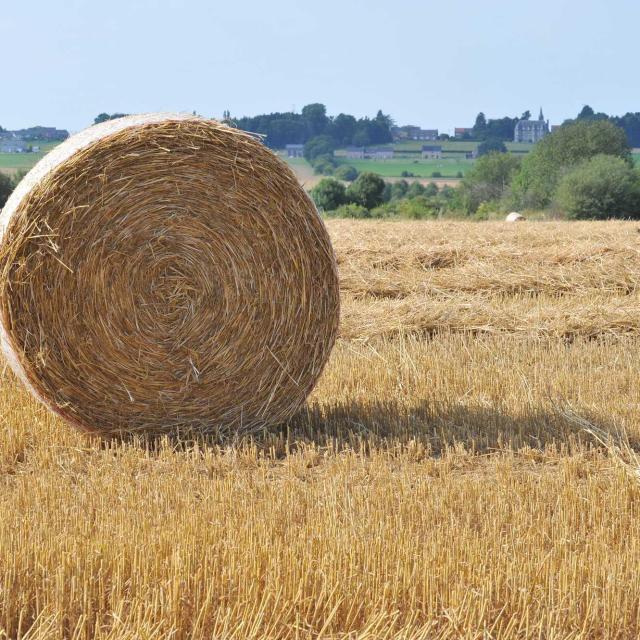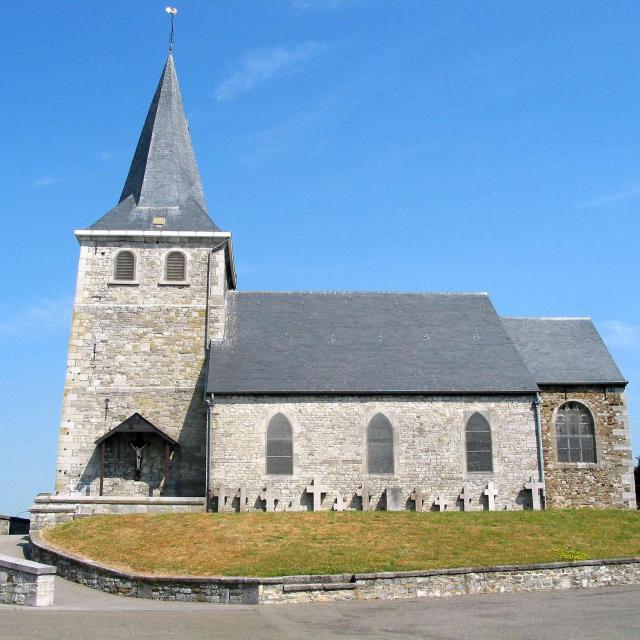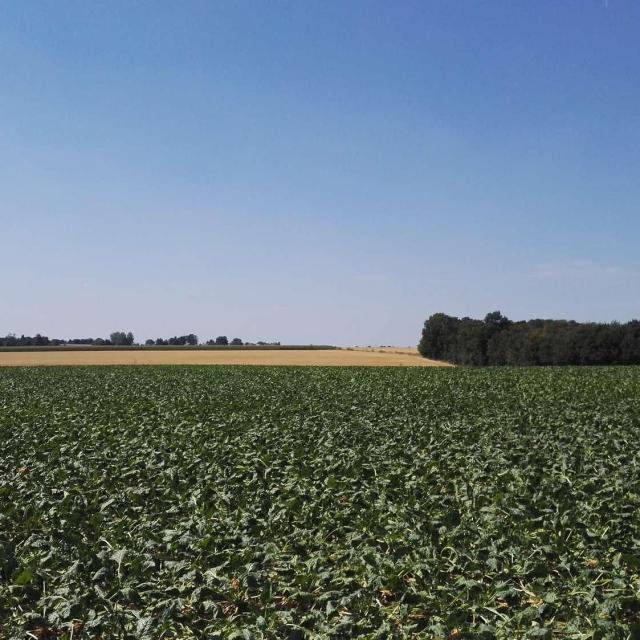Established along the River Geer, Oreye seems to spread out along the river and be extended by its neighbor Otrange. The Saint-Clément church with its fortified tower, an old mill and the farmhouse of the former château are all worth seeing.
Otrange is in the same environment as Oreye, close to the Geer, which waters meadows and poplar-lined meadows. The river still feeds the moat that encircles the castle to the north, east and west, most of which was built in the 17th century around a medieval keep. But the village’s main distinctive feature is surely its impressive number of half-timbered houses.
Bergilers was once a Namur enclave in the Liège region. Numerous excavations have revealed significant occupation at various times. A small coaching inn had been set up along the old Bavay-Cologne road running through the village. The commune has preserved an old mill, a church and its fortified tower, and a fine example of civil architecture: the Bailli’s house.
Grandville, a former seigneury of the County of Looz, once very close by, retains some beautiful square farmhouses.
As for Lens-sur-Geer, a former seigneury belonging to the Saint-Denis chapter of Liège, its settlement is organized around one of the region’s most beautiful churches, Saint-Hubert. This beautiful edifice, whose tower was built of flint rubble, has medieval origins. It has been refurbished at various times, notably the choir in 1748.
 Château d'Otrange
Château d'Otrange Paysage de peuplier à Oreye
Paysage de peuplier à Oreye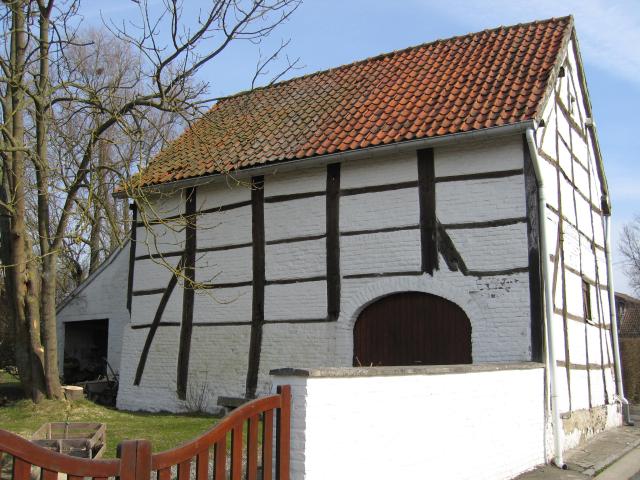 Construction en colombage sur la commune d'Oreye
Construction en colombage sur la commune d'Oreye



